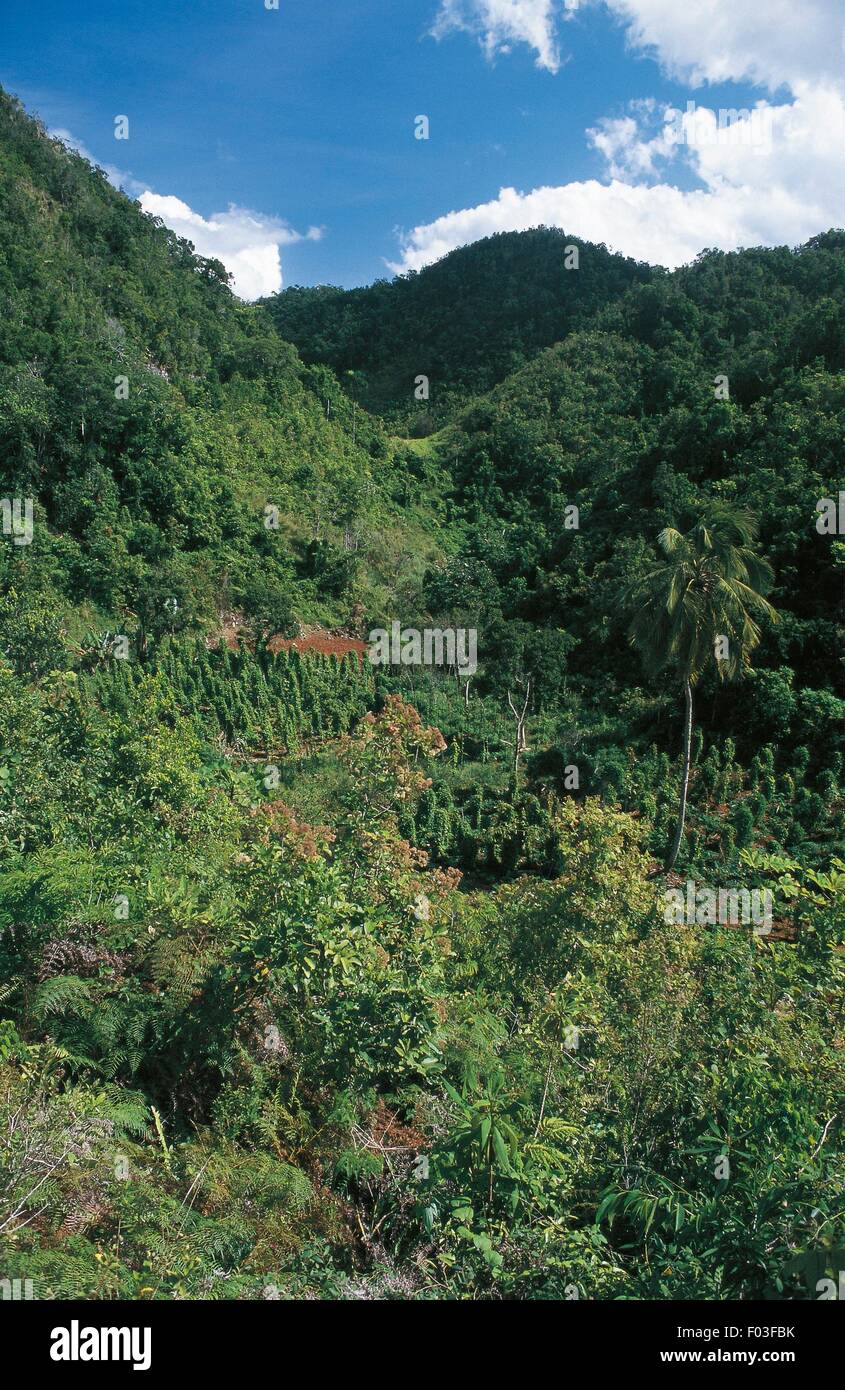
Jamaica has a protected area network with 40 parks and reserves. There are also three species of endemic bat. Jamaica boasts 27 endemic reptile species, 20 endemic amphibian species, and close to 500 endemic snails within the ecoregion. The endemic Jamaican pauraque is considered extinct, although undiscovered population may still exist. An exception is the black-billed streamertail, recently separated as a distinct species from the red-billed streamertail it inhabits the Blue Mountains in eastern Jamaica. Many other bird species migrate to Jamaica for the winter as well, most making their habitat in the forests.

More than 20 species of bird are endemic to Jamaica (more than any other island in the world). In total 28% of the 3,003 species of flowering plant and 14% of the 579 species of fern found in Jamaica are endemic. Another notable area is Cockpit Country, Jamaica’s largest contiguous forest, estimated to contain 1,500 vascular plant species, of which 400 are endemic to Jamaica. Together the mountains contain more than 600 species of flowering plants 87 vascular plant species are endemic to the Blue and John Crow Mountain ranges. Mean annual rainfall varies from less than 750 mm to more than 7,000 mm, increasing with elevation. The island has two main mountain ranges: the John Crow Mountains in the East, which are limestone outcroppings reaching a maximum height of 1,000 m and the Blue Mountains, which are igneous shale reaching 2,290 m. Of all the world’s islands, Jamaica ranks fifth for its percentage of endemic flora. The island of Jamaica, which emerged from the ocean in the mid-Miocene, has never been connected to another landmass. This ecoregion comprises approximately 85% of Jamaica’s land area covering most of the island except coastal areas and lowland dry forests.

The flagship species of the Jamaican Moist Forests ecoregion is the Jamaican hutia. They are excellent hoppers and climbers which often comes in handy when escaping feral dogs and cats. Their forage only at night for fruits, bark, and exposed roots, leading to the belief that they were extremely rare. The hutia is a very social rodent: mutual grooming, play, soft vocalization, and other social interactions are often observed within their family groups at night. The hutia is a exclusively nocturnal rodent that uses its large front incisors not only to forage for roots and foliage but for grip and leverage. The only endemic land mammal left in Jamaica, the endangered Jamaican hutia is found only in remote mountainous regions.


 0 kommentar(er)
0 kommentar(er)
